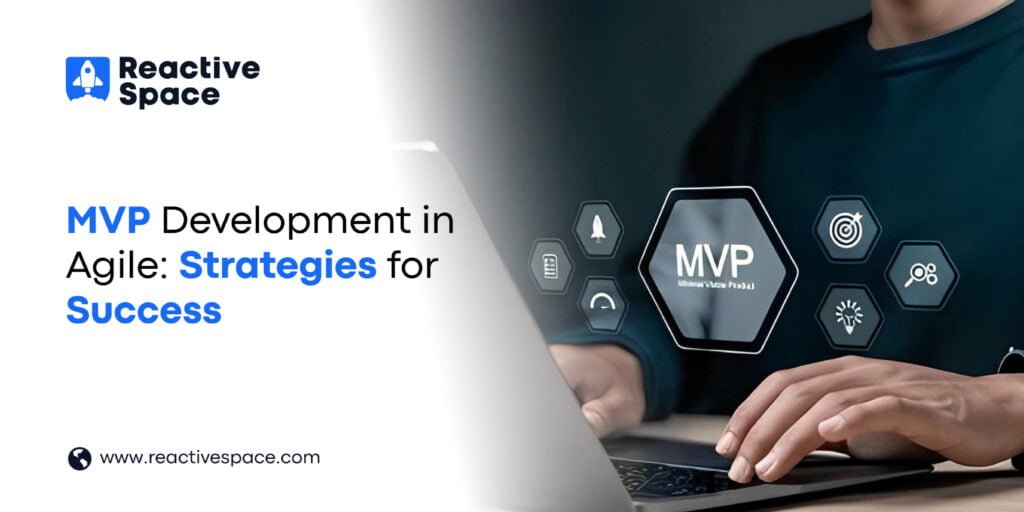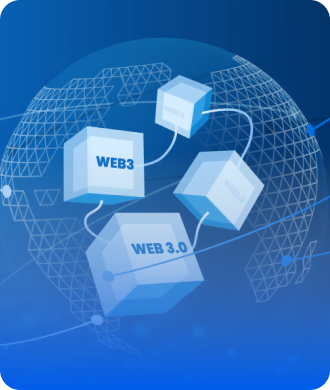
In the world’s fast-paced business environment, the agile approach to software development has gained important acceptance for its flexibility, efficiency, and focus on customer satisfaction. Within agile development, the concept of MVP development holds particular significance. An MVP allows businesses to quickly validate their ideas, gather feedback from users, and iterate on their products based on real-world insights. There are some important strategies for successful MVP development within an Agile framework
Define the Objectives:
Before diving into Minimum Viable Product development, it is crucial to define the project’s goals. Understand the problem you are trying to solve, identify your target audience, and determine the key features needed to meet their needs effectively. Having clear objectives acts as a guide throughout the development process, ensuring that the team stays on track and delivers a product that adds value to users. This clarity helps streamline development efforts and maximizes the chances of creating a successful MVP.
Prioritize core Features:
In Agile MVP software development, feature prioritization is important. It involves identifying the minimum set of features essential for the MVP to provide value to users. These features should closely align with the project’s objectives and address the earliest pain points of the target audience. By focusing on these essential features, development teams can push the development process and speed up the launch of the MVP development company. This approach ensures that the initial product version meets the core needs of users while allowing for iterative improvements in subsequent releases.
Iterative Development:
Agile methodologies prioritize iterative development, focusing on gradual product enhancements with the help of user feedback. To implement this approach in Minimum Viable Product (MVP) development, teams divide the MVP into smaller, manageable tasks or user stories. Then these tasks are prioritized based on their importance and alignment with the project objectives. By delivering value in smaller steps, teams can gather feedback early and frequently, enabling quick iteration and improvement of the product. This iterative process ensures that the MVP evolves in response to user needs and market demands, ultimately leading to a more successful and user-centric product.
Continuous Feedback Loop:
In agile Minimum Viable Product development, maintaining a continuous feedback loop with stakeholders and end-users is crucial. Ask for feedback at every stage of the development process, from idea to product launch and beyond, ensure that the product meets user needs and expectations. Utilize diverse feedback channels such as user interviews, surveys, usability testing, and analytics data to gather valuable insights and verify your theories. Incorporating this feedback into upcoming iterations allows for ongoing refinement and improvement of the product, resulting in a more user-centric and successful MVP.
Test and Learn Approach:
In Agile MVP development, a test-and-learn approach is encouraged, During the research design phase, tested, and validated through experimentation. Teams develop theories regarding user behavior, market demand, or product features, and design experiments to test these theories. By analyzing the results of these experiments, teams gain valuable insights into what works and what does not, enabling them to do feedback data decisions and pin the main points. This iterative process of theories testing, and experimentation allows teams to refine their product continuously and ensure that it meets the needs of users effectively.
Flexibility and Adaptability:
Agile Minimum Viable Product (MVP) development demands flexibility and adaptability from teams to respond to evolving market conditions, user feedback, and business priorities. Accepting change as a natural aspect of the development process is crucial, along with being prepared to adjust courses based on new insights. Maintaining open communication within the team and with stakeholders ensures alignment and responsiveness to changes, fostering a collaborative environment conducive to iterative improvement and success.
Continuous Improvement:
Agile MVP development is not a one-time event but rather a continuous journey of improvement. Following the Minimum Viable Product startup development launch, it is necessary to monitor its performance closely, collect feedback from users, and iterate on the product based on insights gained from users. By continuously refining and enhancing the MVP development, teams can better meet user needs, enhance usability, and achieve business objectives effectively. This iterative approach ensures that the product remains relevant and competitive in an ever-evolving market landscape, driving ongoing success and innovation.
Final Words:
It proves that Minimum Viable Product (MVP) development in Agile is a dynamic and iterative process that allows businesses to create successful products that meet user needs and manage innovation. By following key strategies such as defining clear objectives, prioritizing core features, embracing iterative development, maintaining a continuous feedback loop, adopting a test-and-learn approach, remaining flexible and adaptable, and focusing on continuous improvement, teams can maximize the chances of MVP success. Agile MVP development allows for quick validation of ideas, quick iteration based on user feedback, and continuous enhancement of the product to ensure its relevance and competitiveness in the market. Using Agile methods and following these strategies, businesses can successfully develop their MVP, turn their vision into reality, and achieve long-term growth and success.



